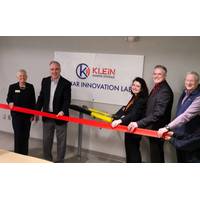
Klein Marine Systems Dedicates Sonar Lab at UNH
Klein Marine Systems, a global leader in sonar technology, announced the dedication of the Klein Sonar Innovation Lab at the John Olson Advanced Manufacturing Center, University of New Hampshire (UNH).Additionally, Klein has renewed its Industry Partnership agreement with UNH’s Center for Coastal and Ocean Mapping/Joint Hydrographic Center (CCOM/JHC). As part of this initiative, Klein Marine Systems has loaned a sonar system to CCOM, providing students with hands-on access to industry-leading technology.
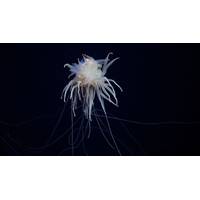
“Flying Spaghetti Monsters” Photographed at Newly Discovered Seamount
as a high seas marine protected area.The seamount discovery is one of many from a 28-day expedition to the international waters of the Nazca Ridge led by Schmidt Ocean Institute in partnership with Ocean Census and the Center for Coastal and Ocean Mapping/Joint Hydrographic Center at the University of New Hampshire.The newly discovered underwater mountain is over 1.9 miles (3109 meters) tall and supports a thriving deep-sea ecosystem. In addition to mapping the seamount, the team conducted an exploratory dive with an underwater robot on one of the mountain’s ridges, finding sponge gardens and

World's Largest Known Deep-sea Coral Reef Habitat Found
, which included imagery from 23 submersible dives in addition to mapping data, were collected as part of a coordinated, multi-year ocean exploration campaign involving NOAA Ocean Exploration, NOAA Ocean Exploration Cooperative Institute partners Ocean Exploration Trust and the University of New Hampshire , the Bureau of Ocean Energy Management, Temple University , and the U.S. Geological Survey, with contributions from Fugro , the NOAA Deep Sea Coral Research and Technology Program, and the South Atlantic Fishery Management Council .The largest area, nicknamed "Million Mounds"
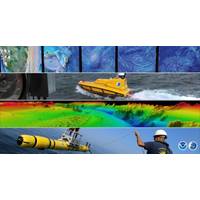
New Ocean Mapping Center Partnership
NOAA and the University of New Hampshire (UNH) are expanding a 24-year ocean and Great Lakes mapping partnership through the creation of a new Center of Excellence for Operational Ocean and Great Lakes Mapping.“NOAA and UNH have a long history of collaborating to advance the latest technologies and tools to map our ocean, coasts and Great Lakes — a cornerstone of the blue economy,” said Rick Spinrad, Ph.D., NOAA Administrator. “Our continued partnership on the Center of Excellence will help build a workforce ready to tackle the mapping challenges of the future, and further our
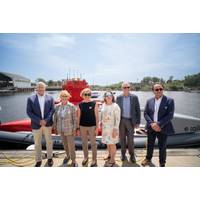
Exail and UNH Open Maritime Autonomy Innovation Hub
A new innovation hub at the University of New Hampshire (UNH) will engage in all aspects of marine autonomous operations to help meet the challenges of the growing blue economy. High-tech industrial group Exail will use the new center to deliver increased operational advantage to U.S. civil and government customers. This includes the U.S. production of its uncrewed surface vessel (USV), DriX, the housing of a remote operation center to conduct worldwide remote autonomous operations, establishing local operations, maintenance and training facilities, and providing expertise on maritime autonomy
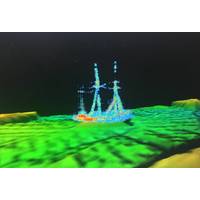
Discovery: Historic Shipwreck Found in Lake Huron
Huron claimed Captain Girard and four other Ironton crew: Mate Ed Bostwick, Sailor John Pope, and two unidentified sailors.Autonomous surface vessel (ASV) BEN pictured in the Rogers City Marina. Image Credit: Ocean Exploration Trust/NOAA Thunder Bay National Marine SanctuaryPilots from the University of New Hampshire’s Center for Coastal and Ocean Mapping operate ASV BEN from the Mobile Lab in Rogers City, Michigan. Image Credit: Ocean Exploration Trust/NOAA Thunder Bay National Marine SanctuaryQUOTABLE: Dr. Robert Ballard, President, Ocean Exploration Trust: “Our team is proud to

Uncrewed Saildrone to Explore Remote Alaskan Waters
and Characterization. All work conducted will contribute to the Seascape Alaska regional mapping campaign.Data will be collected by the innovative Saildrone Surveyor , the world’s largest and most advanced uncrewed surface vessel for ocean exploration. Along with Saildrone , the University of New Hampshire’s Center for Coastal and Ocean Mapping and NOAA Ocean Exploration staff will manage at-sea operations.The Surveyor is equipped with a suite of instruments to collect acoustic, oceanographic, and meteorological data to support a wide range of research applications. Piloted remotely
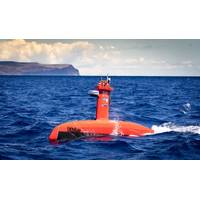
DriX USV Delivered to UNH CCOM
The University of New Hampshire’s Center for Coastal and Ocean Mapping (UNH CCOM), as a member of the Ocean Exploration Cooperative Institute (OECI), funded by NOAA Ocean Exploration, took delivery of an iXblue DriX Uncrewed Surface Vehicle (USV) and its Universal Deployment System. The autonomous solution will help expand the footprint and efficiency of the OECI’s ocean exploration operations. Delivered in July to UNH CCOM, DriX and its novel Universal Deployment System have completed sea acceptance trials and extensive personnel training during the summer of 2021 as well as integratio
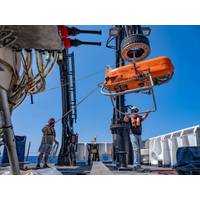
MTR 100: NOAA ... Working at the Interface of Exploration and Education
avoid hazards, and recognize seafloor features that may be of scientific interest.NOAA Ocean Exploration is using new autonomous technologies to meet ambitious mapping and exploration goals. Through the National Oceanographic Partnership Program (NOPP), a multi-year grant was provided to the University of New Hampshire, Saildrone, and the Monterey Bay Aquarium Research Institute to test and integrate acoustic and other sensors into a new larger class of uncrewed surface vehicles powered by wind and solar power. The 22m Saildrone Surveyor is designed to collect bathymetry of the seafloor, water column
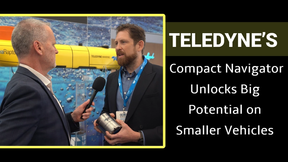
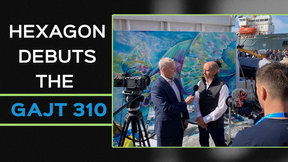
 February 2025
February 2025





